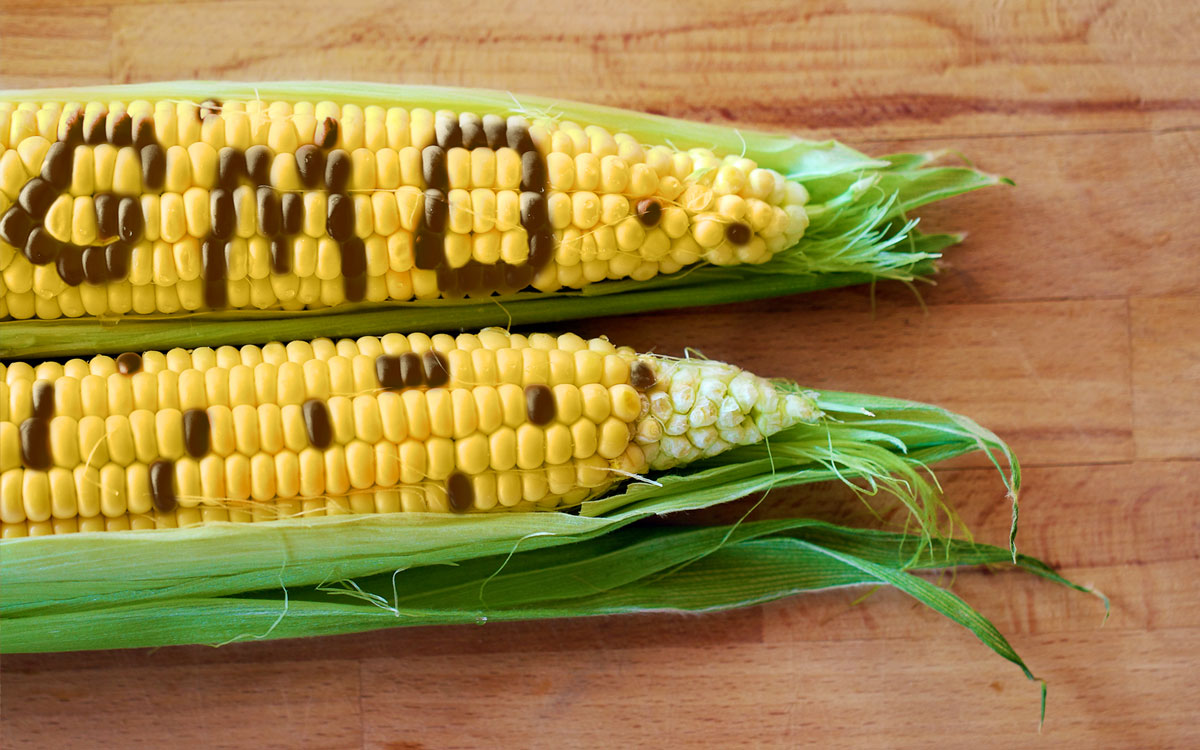Who is the inventor of GMO creatures and when was this invention made?
Humans have wanted to improve the qualities of other living things since ancient times. Selective breeding has been used to produce faster horses, stronger crops, and many breeds of dogs.

With the development of molecular science, selective mating, which had been left to chance and lasted for generations, can now be carried out much more quickly and in a desired way. All this has been possible thanks to genetically modified organisms and inventions in this field.
Ananda Mohan Chakrabarty PhD (4 April 1938 – 10 Jul 2020) was an Indian American microbiologist, scientist, and researcher, most notable for his work in directed evolution and his role in developing a genetically engineered organism using plasmid transfer while working at GE, the patent for which led to landmark Supreme Court case, Diamond v. Chakrabarty.
This is how genetically modified organisms work: First decide what trait you want to add or improve on the organism of interest. Then take a gene or genes with this trait from another organism with this trait. If you transfer these genes to the recipient organism when the conditions allow, you will ensure that these genes and the accompanying features are passed on to the next generations.
The pioneer of genetically modified organisms and the technologies applied to them is Ananda Chakrabarty, a microbiologist born in 1938. He is a person who has worked on the transfer of small circular DNA molecules between bacteria. Chakrabarty was working on a bacterium that could dissolve crude oil, thereby preventing the negative consequences of oil spills. Until then, four pseudomonas (an aerobic rod-shaped bacterium that can act as catalase-positive and gram-negative) were known, but no combination between them produced the results Chakrabarty wanted. By transferring plasmids on these entities, Chakrabarty combined four different genes on one entity in 1971, thus creating a bacterium with a much more advanced fat metabolism. His invention also bears the title of being the first organism to be protected by a patent.
Today, genetically modified crops, animals and microorganisms form a rapidly developing and diverse field of research. A bacterium capable of producing insulin, first marketed by Genentech in 1982, is one of the most successful examples of this technology. However, playing with life on a molecular basis attracts the reaction of many environments. Methods such as crop production, which are not affected by insects attacking the fields, continue to attract the harsh reaction of some sections.
